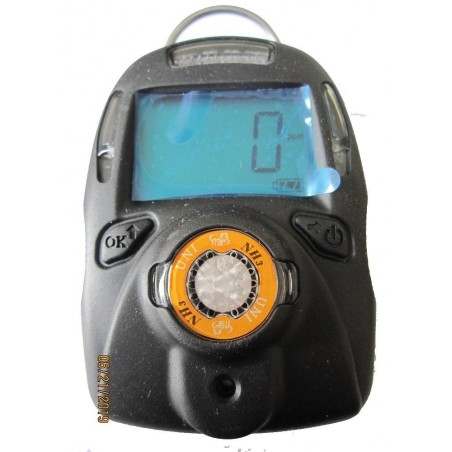According to EU legislation, group-housed gestating sows must have a minimum of 2.25 m2 floor area per sow with at least 1.3 m2 of continuous solid floor of which a maximum of 15% is reserved for drainage openings. The aim of the experiment was to quantify the impact of different drainage openings on ammonia and greenhouse gas emissions. Three successive batches of 10 gestating sows were used. Each batch was divided into two groups kept separately in two identical rooms with similar volume and surface. The solid part of the floor presented 15% drainage openings in the first room and 2.5% in the second room. The gas emissions (ammonia (NH3), methane (CH4), nitrous oxide (N2O), carbon dioxide (CO2) and water vapour (H2O)) were measured three times during 6 consecutive days.
Gaseous emissions were significantly lower with 15% drainage openings with reductions of 19% for NH3 (12.77 v. 15.83 g/day per sow), 15% for CH4 (10.15 v. 11.91 g/day per sow), 10% for N2O (0.47 v. 0.52 g/day per sow), 9% for CO2 (2.41 v. 2.66 kg/day per sow) and 13% for H2O (3.25 v. 3.75 kg/day per sow).

This trial showed the advantage, in an environmental point of view, to use 15% drainage openings on the solid part of partly slatted floors in pens for group-housed gestating sows.
F. X. Philippe, M. Laitat, J. Wavreille, B. Nicks. Floor slat openings impact ammonia and greenhouse gas emissions associated with group-housed gestating sows. animal. Volume 10, Issue 12. December 2016, pp. 2027-2033. DOI: https://doi.org/10.1017/S1751731116000938





